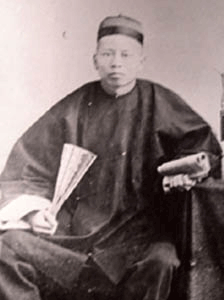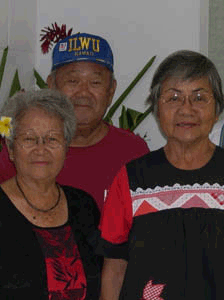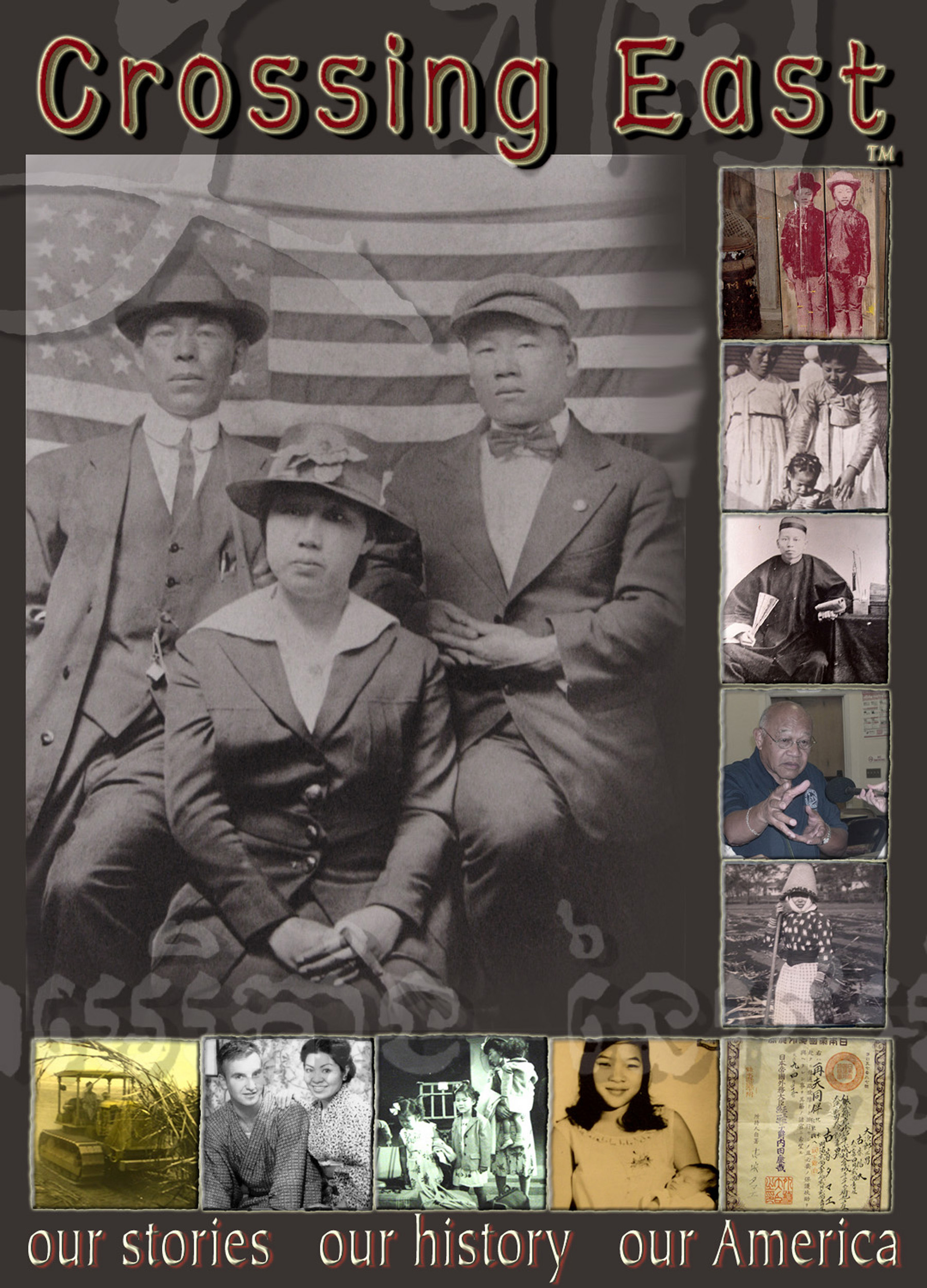Explore the legacy of the frontier in the towns, farms and ranches settled by Asian Americans. Crossing East features the early West with miners, buckaroos, farmers and doctors.
Listen: Crossing East Program 2 – Frontier Asians
 Segment One: The Story of Ing ‘Doc’ Hay
Segment One: The Story of Ing ‘Doc’ Hay
Dmae Roberts conducted all the interviews
Chinese men built the western half of the transcontinental railroad. In spite of this contribution, these immigrants faced discrimination and violence throughout the frontier. In 1885, a mob of white coal miners killed 28 of their Chinese co-workers in Rock Springs, Wyoming and burned down 79 Chinese homes causing hundreds of Chinese residents to flee. In 1887, in the Snake River Massacre, 30 Chinese miners were murdered near the Oregon-Idaho border. Chinese immigrants were only welcome as long as their labor was needed. After the American Civil War, widespread economic depression forced many to the West to find work. Chinese workers were becoming more and more unwelcome. But in the dry sagebrush hills of Eastern Oregon, in the small town of John Day, a thriving Chinatown emerged. Thanks in large part to a doctor named Ing Hay. He was an herbalist and acupuncturist who became known as “Doc” Hay. His medical practice was located in a general store named the Kam Wah Chung.
Acknowledgements:
Professor Jeffrey Barlow, Professor Judy Yung, Caretaker Carolyn Micnheimer, Ed Wah, Thelma Kite. Actors Sam A Mowry, Chung So, Jim Chan.
Ing ‘Doc’ Hay Archival Material
 Segment Two: Frontier Women
Segment Two: Frontier Women
There were few Chinese women among the early wave of Chinese immigrants to this country. Chinese women were discouraged from joining their men in America by cultural restrictions against women traveling abroad by the, lack of traveling fundsand jobs for them in America,and by US immigration policies. The Page Act of 1875, which sought to stop the trafficking of Chinese prostitutes, placed harsh restrictions on any woman entering the country, and the Chinese Exclusion Act specifically barred the immigration of Chinese laborers, and by implication, their wives. The laws and the lonely situation of Chinese men became a reason for underground organizations to import Chinese women as prostitutes. What little we know about these women comes from the records of Protestant Mission homes set up to rescue and house Chinese prostitutes and abused slave girls. Some of the women themselves wrote letters to family.
Acknowledgements:
Professor Judy Yung, Author Ruthanne Lum McCunn, Actresses Elaine Low and Chisao Hata.
Produced by Sara Caswell Kolbet.
Frontier Women Archival Material
 Segment Three: Three Asians in Agriculture
Segment Three: Three Asians in Agriculture
Asians have farmed in California for more than one hundred years. The Chinese worked in the fields as well as mining gold and building railroads. And when the first wave of anti-Asian sentiments expelled the Chinese, Japanese immigrants took up their places in the fields. They eventually found opportunities to work for themselves, buying up small plots of land to establish family farms. But, Internment, the forced removal of Japanese and Japanese Americans to camps during World War Two, separated many families from their land. Only some of those properties like that of Harold Tamano’s family survived until their owners returned.
Acknowledgements:
Farmers Harold Tamano, Harry Yokoyama, Andy Yokoyama. Professors Wayne Maeda, Isao Fujimoto.
